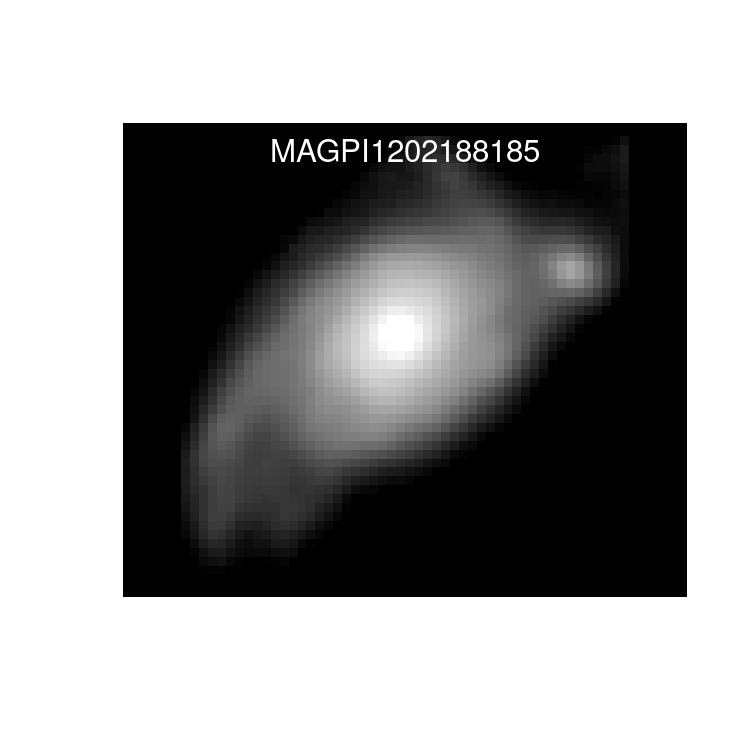Monthly Media for February comes from Dr Caroline Foster and the MAGPI team on their paper outlining the first data coming from their survey. The “Middle Ages Galaxy Properties with Integral field spectroscopy” (MAGPI) survey is looking at the gas and stars of galaxies as they were 3-4 billion years ago, using the European Southern Observatory Very Large Telescope.
The aim of the survey is to understand how important nature and nurture are in galaxy evolution; the different effects of how a galaxy is first formed versus how it interacts with other galaxies over billions of years. MAGPI will observe both the stars and the ionised (charged) gas between them of around 160 ancient galaxies, focusing on their motions and chemical composition.
The below GIF shows some of the first data to be collected by the survey, cycling through its “normal” image, two showing the movements of the stars and gas (velocity), and two showing the chemical composition of the stars and gas (metallicity).

Starting with the grey scale image, the GIF cycles through: 1. synthetic white-light image of the galaxy designated “ MAGPI1202188185”, 2. line-of-sight movement of the stars in the galaxy such that red are moving towards you and blue are moving away, 3. line-of-sight movement of the gas in the galaxy which lines up well with that of the stars, 4. ratio of the non-hydrogen elements (“metals”) within stars in the galaxy with dark red being more metals and cream being more hydrogen, 5. ratio of metals to hydrogen within the gas of the galaxy with dark purple being more metals and light blue being more hydrogen. [Image credit: C. Foster & T. Mendel]
These data will help the MAGPI team better understand how galaxies evolved during this mid-development stage of their evolution, and help to pin down the most accurate theoretical models that describe it.